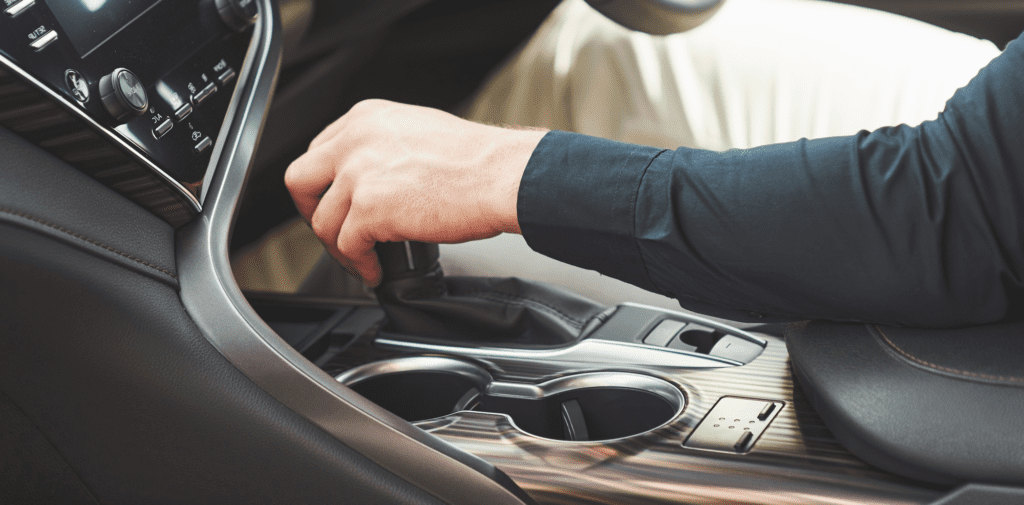

When it comes to learning how to drive, many individuals opt for lessons and the practical test in an automatic car because it’s often perceived as an easier option.
The rationale behind this choice is straightforward: you don’t need to master clutch control or gear shifting, which can expedite your journey to becoming test-ready. It might seem like the obvious choice, but there’s more to consider.
While learning in an automatic car can indeed streamline the process of getting your driver’s licence, it comes with certain limitations.
If you’re committed to exclusively driving automatic cars for the rest of your driving life, that’s perfectly fine. However, if you ever plan to drive a manual car, you’ll need to upgrade to a manual licence.
Fortunately, your decision isn’t set in stone. Should you change your mind down the road and wish to drive a manual car, you can make the switch.
It will require some additional effort (hence the term “upgrade”) and another test. Are you interested in converting your automatic licence into a manual one? Join us as we outline the steps you need to take!
The primary distinction between manual and automatic vehicles lies in the kind of transmission system they use.
Essentially, the transmission is responsible for dictating how power from the engine is transferred to a vehicle’s wheels, thereby influencing its motion and speed.
In cars equipped with a manual transmission, the driver plays an active role in this power transfer. This is done by manipulating a clutch and selecting the appropriate gear for the given driving scenario.
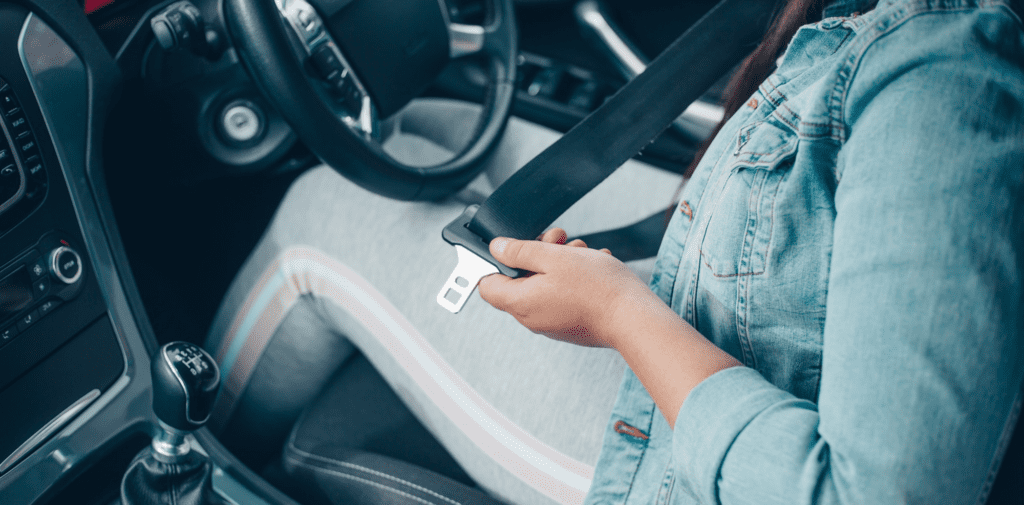
For instance, uphill drives might require a different gear compared to cruising on a highway. Making the right gear choice is crucial to maintaining the equilibrium of speed and power.
Failure to do so, such as selecting an inappropriate gear or releasing the clutch abruptly, can lead to the car stalling, interrupting the driving experience.
Cars with an automatic transmission take a more hands-off approach. They are integrated with a device known as a torque converter.
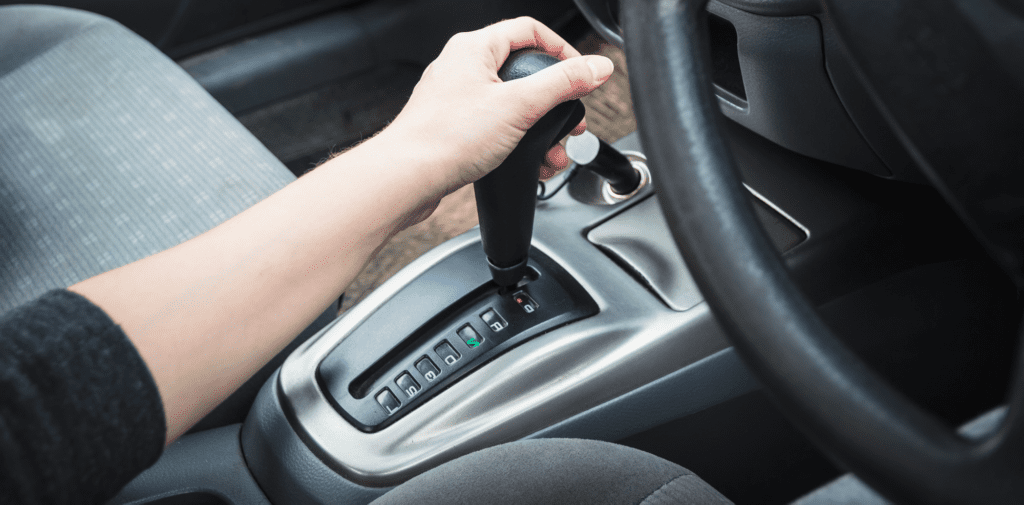
The torque converter’s main job is to facilitate the transmission process without the driver’s intervention. In essence, it automates gear selection based on various driving conditions, ensuring optimal power delivery to the wheels.
With this system, drivers are freed from the task of gear selection and clutch operation, making the driving experience smoother and often more straightforward for many. No clutch, no manually shifting gears, just seamless driving!
When embarking on the journey to acquire your driving licence, it’s essential to understand the distinctions between manual and automatic licences and their subsequent implications.
If an individual successfully completes their driving test using a manual car, they are awarded a licence for category B vehicles.
This licence allows them to legally drive both manual and automatic vehicles. The rationale behind this is grounded in the skill set required to operate a manual car.
Since driving a manual car demands a more complex understanding of gears and clutch operation, it’s believed that such drivers can easily adapt to the simpler controls of an automatic vehicle.
Conversely, if you pass your test with an automatic vehicle, you will be granted a category B auto licence. This type of licence strictly permits you to drive automatic vehicles only, leaving manual cars off-limits.
This distinction arises due to the challenges associated with mastering clutch control and gear shifts in manual vehicles.
Allowing someone trained only in automatic cars to navigate the nuances of manual driving without proper training could lead to unsafe situations on the road.
When delving into semi-automatic vehicles, the waters become a bit less clear. These vehicles can vary significantly in their design and operational mechanisms.
As a general rule, if a semi-automatic car retains a clutch, it’s typically off-limits for those holding only an automatic licence.
Related: Reflecting on DVSA’s successes in 2022However, with the evolving technologies in the auto industry, it’s crucial to be well-informed about the specific vehicle in question.
If there’s ever any uncertainty regarding the type of vehicle your licence permits you to drive, it’s always wise to reach out to the DVSA (Driver and Vehicle Standards Agency) or a similar authority in your jurisdiction for clarification before taking the driver’s seat.
The decision to switch from an automatic to a manual licence often hinges on several compelling reasons, each bringing its own set of advantages.

A manual licence inherently offers a broader spectrum of options compared to an automatic one. This advantage isn’t just theoretical but has practical implications in various real-world situations.
The economic aspects of owning and driving cannot be overlooked.
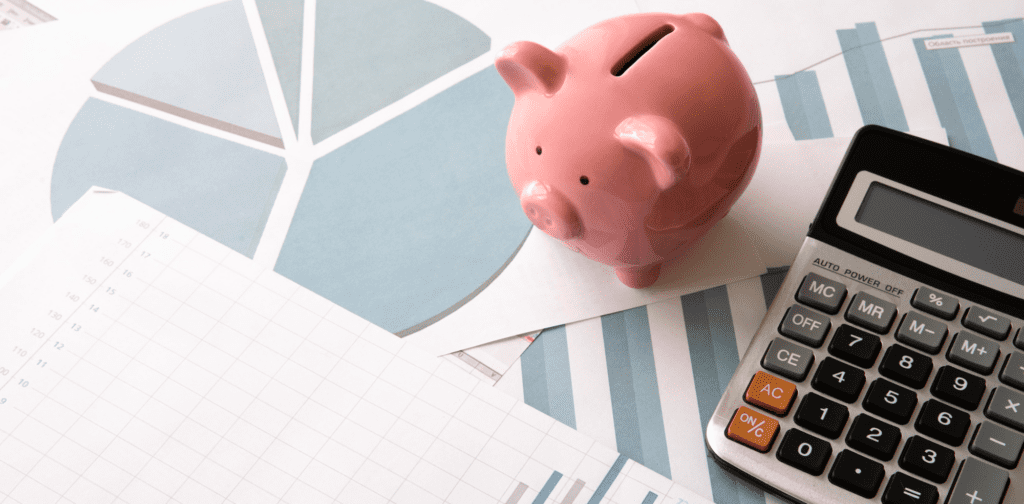
While automatic cars offer convenience and are gaining traction worldwide, the versatility and benefits of a manual licence still hold considerable weight in many contexts.
Navigating the process of upgrading to a manual licence from an automatic one can seem daunting, but it’s more straightforward than you might think. Here’s a step-by-step guide to help you through the transition.
The Good News: Starting on a positive note, if you decide to make the switch, you won’t need to reapply for another provisional licence or retake the theory test. However, the process isn’t as simple as submitting a form. You’re required to sit another practical driving test, but this time in a manual car.
What to Expect: Transitioning from an automatic to a manual does come with its learning curve, but remember that you already have a foundation. The primary focus will be understanding the gear mechanism and mastering clutch control, pivotal elements of manual driving.
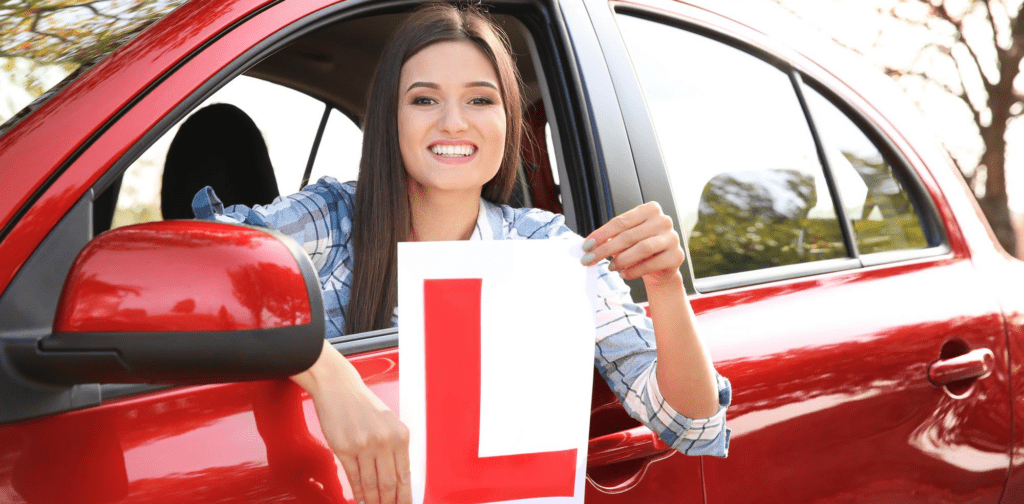
The transition to a manual licence requires dedication and practice. But with the right guidance and a positive mindset, you’ll be navigating manual gears in no time!
Upgrading to a manual licence may seem like an additional task on your to-do list, and while the comfort of sticking to what’s familiar is appealing, there are various reasons to consider the leap.

The Decision Point:
Ultimately, the choice to upgrade hinges on your personal circumstances and aspirations. Weigh the potential benefits against the resources you’ll invest. If the prospect of broader opportunities and the appeal of mastering manual driving resonates with you, then it’s a good investment!
Transitioning from automatic to manual driving comes with its unique challenges, but with the right mindset and approach, the process can be smooth. Here are some recommendations to consider when making the switch:
By taking a thoughtful approach and leveraging your existing driving expertise, transitioning to a manual licence can be a fulfilling and beneficial experience.
Upgrading from an automatic to a manual licence gives you greater flexibility and control over a wider range of vehicles.
It can be beneficial if you plan to drive manual cars, which are often more fuel-efficient and provide more driving control.
Related: What are The Different Types of Pedestrian Crossings?To upgrade your licence, you need to pass a manual driving test.
This involves taking lessons to learn how to drive a manual car and then booking and passing the practical driving test in a manual vehicle.
The number of lessons required varies depending on your existing driving experience and how quickly you adapt to driving a manual car.
On average, learner drivers might need around 10-20 hours of lessons, but this can differ from person to person.
No, you cannot drive a manual car on your automatic licence.
You must be accompanied by a qualified driving instructor or a driver who is over 21 years old and has held a full manual licence for at least three years.
The main differences include using a clutch pedal and gear stick in a manual car.
You need to manually shift gears based on your speed and road conditions, which requires coordination and practice.
Yes, your existing driving experience will help, as you already understand road rules and general driving practices.
However, you will need to focus on mastering gear changes and clutch control.
You can book a manual driving test through the DVSA (Driver and Vehicle Standards Agency) website.
Ensure that you select the option for a manual test and choose a convenient date and location.
During the manual driving test, you will be assessed on your ability to control:
The test also includes general driving skills, hazard perception, and following road rules.
Yes, you can use your own manual car for the test, provided it meets the DVSA requirements.
The car must be roadworthy, insured for the test, and display L plates. Alternatively, you can use your driving instructor’s car.
Yes, once you pass your manual driving test, your new licence will allow you to drive both automatic and manual cars.
This gives you more options and flexibility in vehicle choice.
Using your instructor’s car for the test might also incur a fee. These costs vary, so it’s advisable to check with your driving school.
To prepare, take sufficient manual driving lessons to build confidence and competence.
Practice regularly, focus on clutch control and gear changes, and review the test routes if possible. Mock tests can also be beneficial.
If you fail, don’t be discouraged. Analyse the areas where you need improvement and continue practicing.
You can rebook the test after a certain period, usually ten working days, giving you time to refine your skills.
If you already hold a full automatic licence, you do not need to retake the theory test when upgrading to a manual licence.
You only need to pass the practical driving test in a manual car.
After passing the manual driving test, you will receive a pass certificate and your driving examiner will send your provisional licence to the DVLA.
Your new full manual licence will typically arrive by post within three weeks.